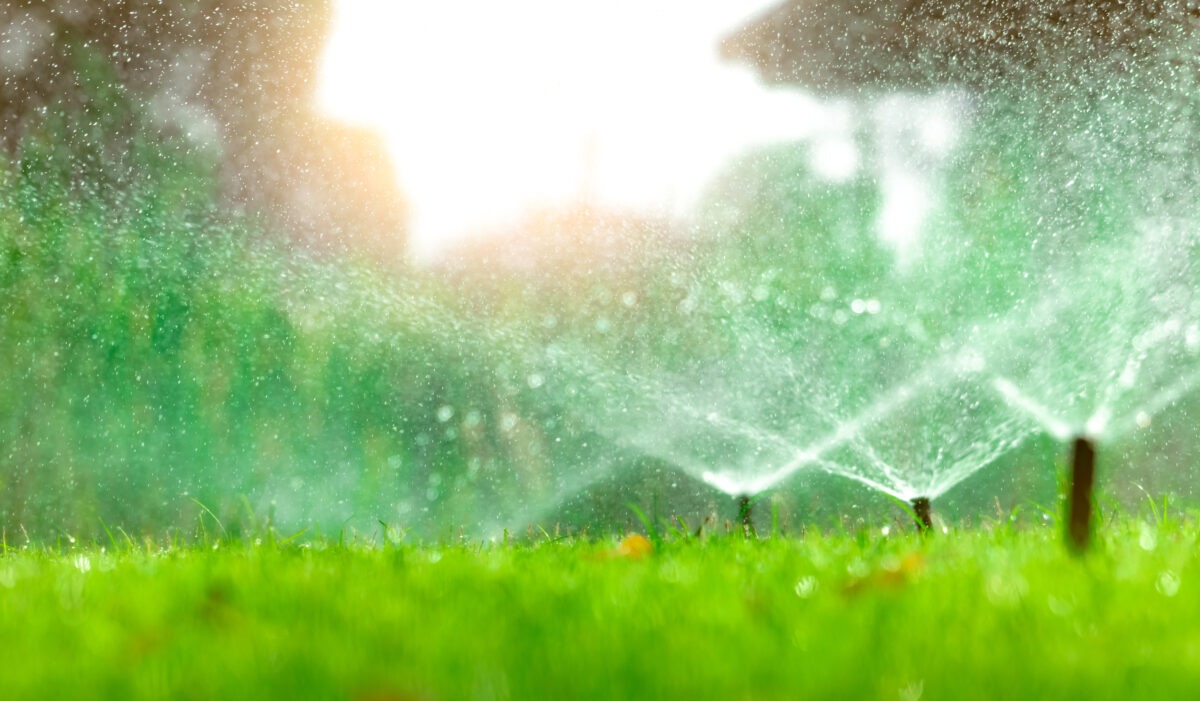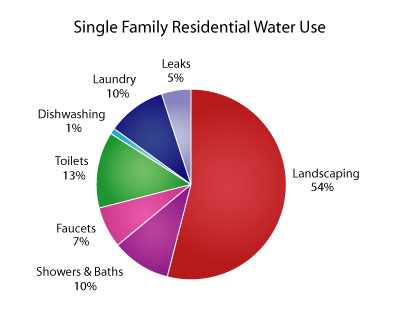- BACKYARD
- COMMERCIAL
- ENVIRONMENT
- FIELD TURF NEWS
- GOLF
- MAINTENANCE
- NEWS
- PETS
- POOL
- RESIDENTIAL
- TURF TIPS
Artificial Turf: A Water-Saving Solution for Homeowners

As concerns about water scarcity and conservation continue to grow, many homeowners are turning to artificial turf as a solution to saving water. In this blog, we’ll explore how artificial turf can save water in residential settings and provide some statistics and references from 2020 and newer to support our claims.
First, it’s important to understand how much water is typically used on natural grass lawns. According to the Environmental Protection Agency (EPA), a typical household in the United States uses about 320 gallons of water per day, with up to 70% of that water used outdoors for activities such as watering lawns and gardens. This can add up to thousands of gallons of water per month, depending on the size of the lawn and local water restrictions.

In contrast, artificial turf requires no watering once it has been installed. That means that once a lawn has been converted to artificial turf, it can save tens of thousands of gallons of water each year, depending on its size and location.
But the water savings don’t stop there. Natural grass lawns also require regular maintenance, including mowing, fertilizing, and pest control. These activities can also require significant amounts of water. In fact, the EPA estimates that maintaining a single acre of natural grass lawn can require up to 100,000 gallons of water per year.
Artificial turf, on the other hand, requires no mowing, fertilizing, or pest control. This not only saves water but also reduces the need for potentially harmful chemicals.
But how much water can artificial turf actually save in residential settings? Let’s look at a few examples.
In 2020, the San Diego County Water Authority launched a program offering rebates to homeowners who replaced their natural grass lawns with artificial turf. The program was so successful that it was expanded in 2021, with an additional $500,000 in funding. The program estimates that each participating household will save an average of 13,000 gallons of water per year.
Similarly, the Santa Clara Valley Water District in California offers rebates of up to $2 per square foot for homeowners who replace their natural grass lawns with artificial turf. The program estimates that each participating household will save an average of 44,000 gallons of water per year.
In Arizona, the Scottsdale Water Conservation Office estimates that replacing a 1,000-square-foot natural grass lawn with artificial turf can save up to 90,000 gallons of water per year.
These are just a few examples, but they illustrate the significant water savings that can be achieved through the use of artificial turf in residential settings.
It’s worth noting that there are some environmental concerns associated with artificial turf, particularly around the use of non-biodegradable materials and potential impacts on local ecosystems. However, many of these concerns are being addressed through the development of more sustainable materials and installation practices.
In conclusion, artificial turf can be a powerful tool for water conservation in residential settings. By eliminating the need for watering and reducing maintenance requirements, artificial turf can save thousands of gallons of water each year. With programs offering rebates and incentives for homeowners to make the switch, artificial turf is becoming an increasingly popular choice for those looking to reduce their water usage and environmental impact.


